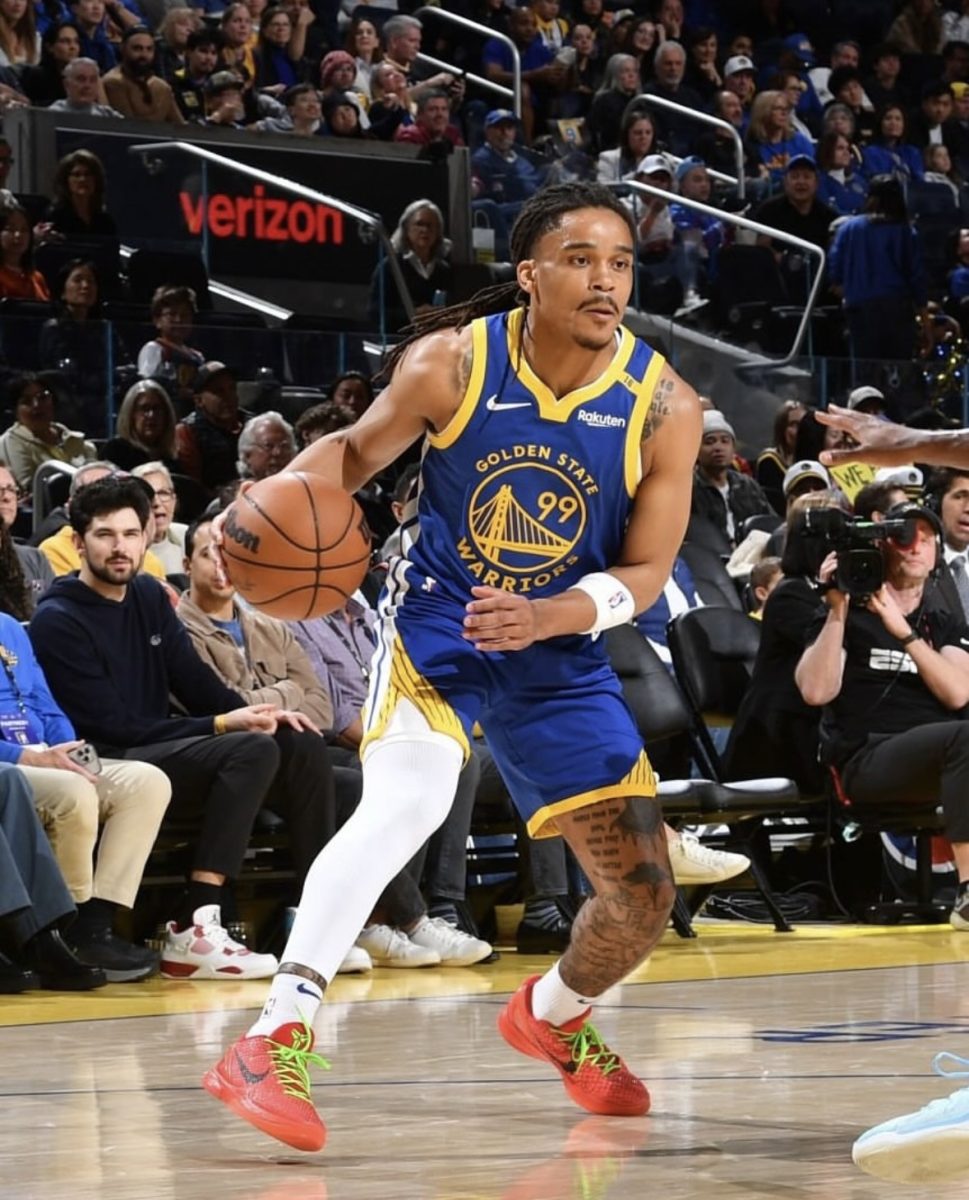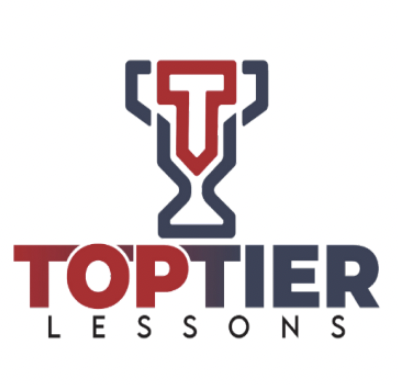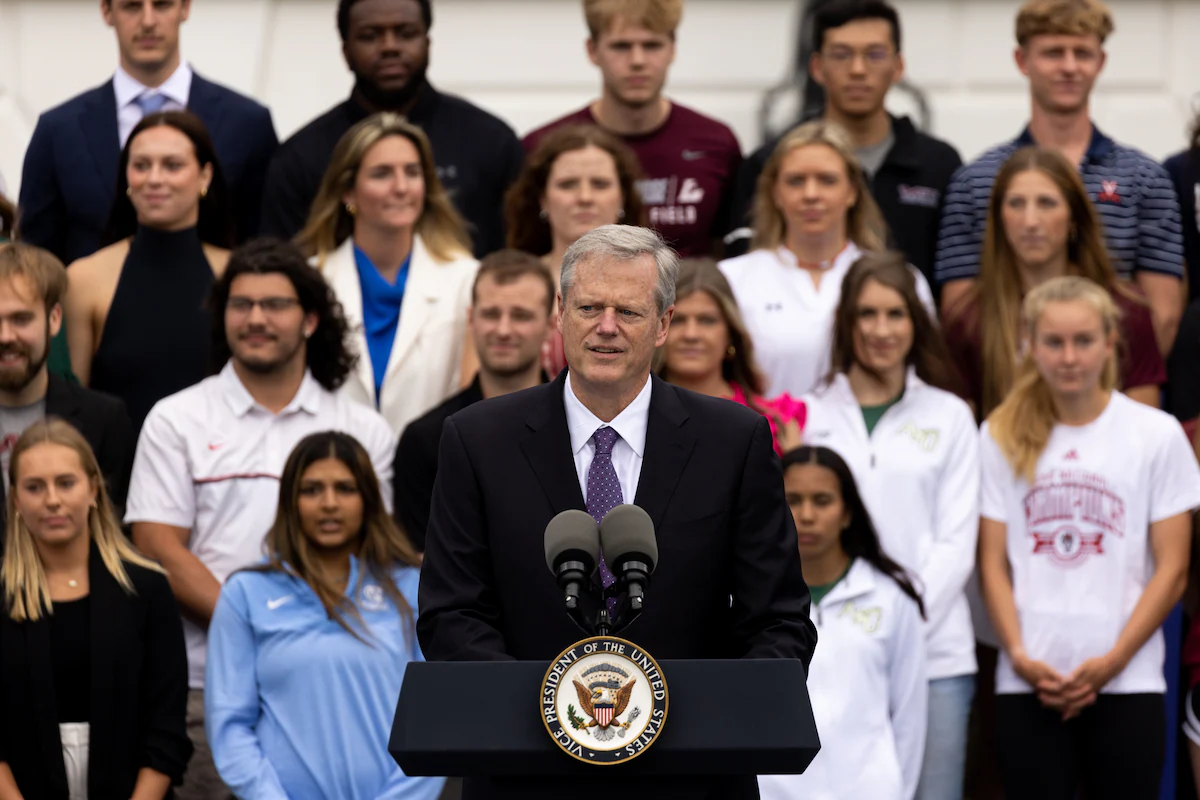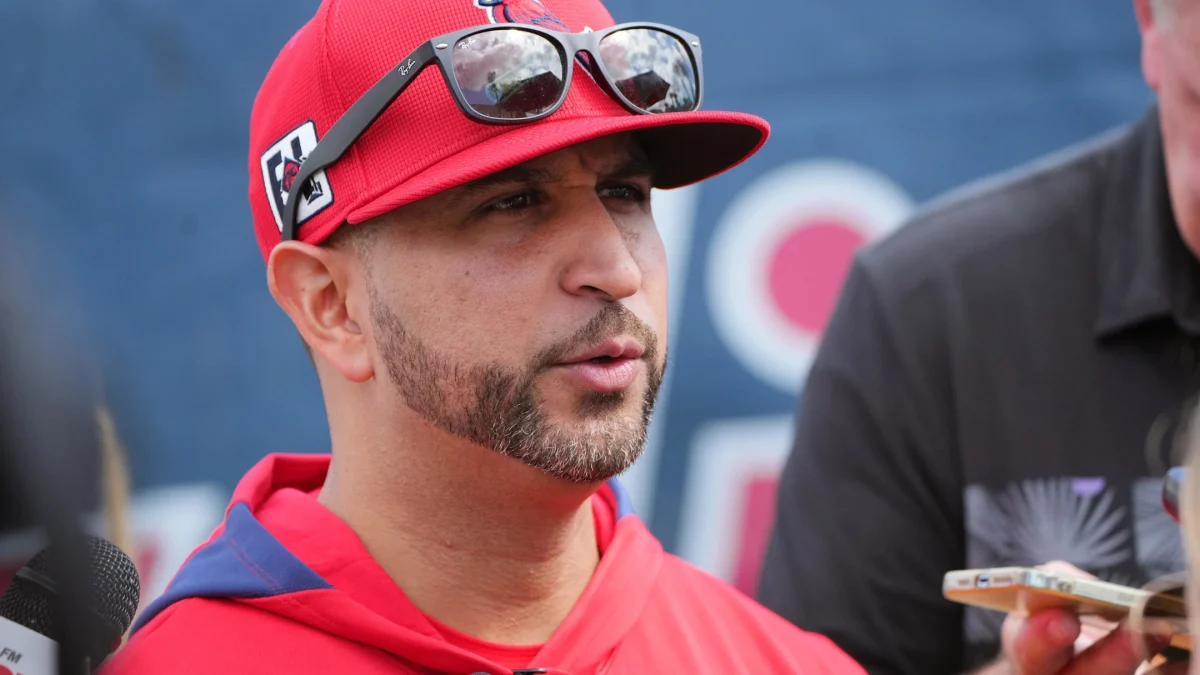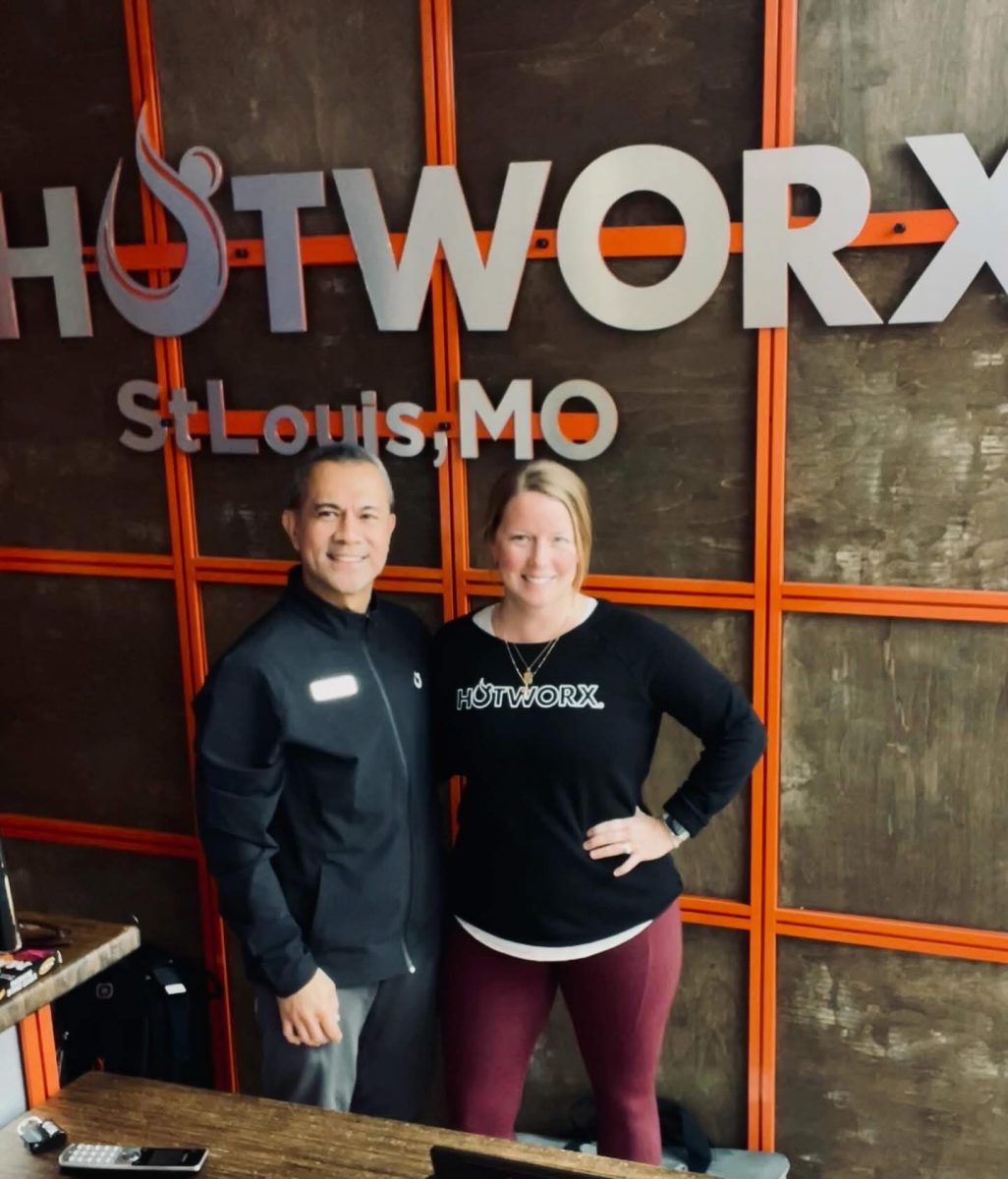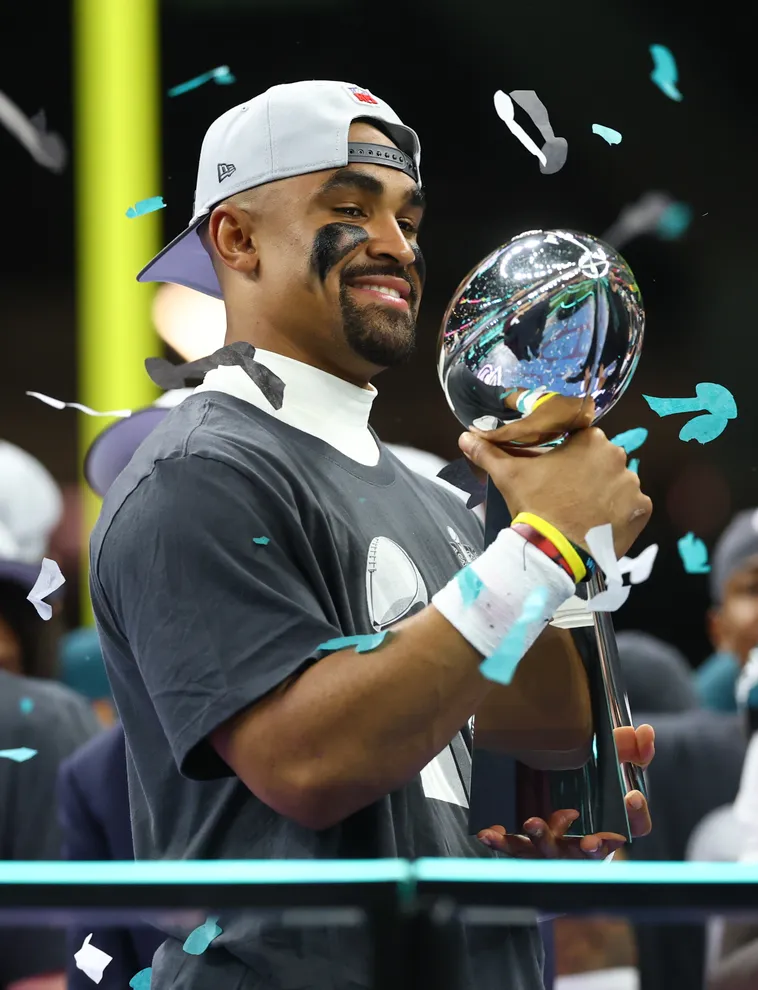For many people, when they think March, they think Madness. Bubble teams, conference tournaments, Selection Sunday and bracket pools steal much of the sports spotlight. But for others, March means something more than just the NCAA Tournament-namely, fantasy baseball. Here are a few helpful hints for a successful draft.
First Base
This position might be the deepest of any position in fantasy sports; four of the top eight players in the 2006 fantasy baseball rankings (Albert Pujols, Mark Teixiera, David Ortiz and Derrek Lee) are first basemen. You can expect 40 home runs and 120 RBIs from any of these players, but do not worry if you cannot grab one of them in the opening round, for there are still many other quality first basemen available. Two such players are Ryan Howard and Jason Giambi. Howard appeared in just 88 games for the Phillies last season, but still hit 22 home runs and knocked in 63 runs. Over the course of an entire season, Howard could put numbers comparable to any of the four players listed above. Giambi, meanwhile, got off to an abysmal start last season, but hit 22 home runs and had 55 RBIs last year after the All-Star break, en route to being named the Comeback Player of the Year. Forty homers and 100 RBIs are not out of the question for the former AL MVP.
Second Base
Many analysts consider this position to be the weakest in fantasy baseball, but it is getting better. No longer is Alfonso Soriano the lone second baseman capable of making key contributions to your fantasy team. In fact, now that Soriano has left the offensive machine that is the Texas Rangers for the pitcher’s ballpark that is RFK Stadium in Washington, D.C., it would be foolish to expect him to repeat last year’s performance of 36 homers, 104 RBIs, 102 runs and 30 stolen bases. And with his status of playing second base this year still up in the air (the Nats want him in the outfield), let someone else deal with the Soriano headache.
The two best alternatives to Soriano are Chase Utley and Chone Figgins. Utley had a breakout season with the Phillies last year, and you can expect much of the same this season-a .300 batting average, 30 homers, 100 RBI, 100 runs and 20 stolen bases are not out of the question. Figgins won’t get you many homers or RBIs, but he’ll score over 100 runs, bat around .300 and steal close to 60 bases, and his versatility allows you to play him at first base or in the outfield.
Shortstop
Do not feel pressured into drafting Miguel Tejada-he is not the player he was two years ago, when he was undoubtedly the best shortstop on the board. Tejada hit just seven homers, batting only .276 after the All-Star break last season. You’re better off waiting for a shortstop like Jose Reyes or Jimmy Rollins. With the Mets’ improved lineup, Reyes will get you over 100 runs and 60 stolen bases. Rollins won’t steal as many bases as Reyes, but he’ll still steal around 40 and give you a better average and slightly better power numbers.
Third Base
This position rivals first base for the most depth. If you are not lucky enough to grab Alex Rodriguez with the first pick in the draft, wait for guys like Aramis Ramirez and Scott Rolen. Despite missing over 30 games for the Cubs last season, Ramirez still hit over .300 while blasting 31 homers and knocking in 92 runs. Rolen, on the other hand, battled injuries throughout the 2005 season and is ranked behind nearly a dozen other third basemen. Rolen is still capable of hitting .300, with 30 homers and 100 RBIs.
Catcher
If you can’t land Victor Martinez, don’t think about drafting a catcher before the 12th round. Jorge Posada, Ivan Rodriguez and Javy Lopez, among others, will get you 15-20 home runs and 50-70 RBIs.
Outfield
You really can’t go wrong with proven players like Vladimir Guerrero, Manny Ramirez, Bobby Abreu or Gary Sheffield. Several outfielders put up impressive numbers a season ago, however, it would be foolhardy to bank on those numbers again. For example, Miguel Cabrera hit .323 with 33 home runs, 116 RBIs and 106 runs scored last year. Yet because the Marlins elected to dismantle their team (again), Cabrera has neither the talent around him nor the protection in the lineup to match last season’s efforts. Expect a similar drop-off from Andruw Jones. The NL MVP runner-up hit 51 home runs and had128 RBIs last year, but hit just .263. Jones won’t come close to duplicating those power numbers; if you want a power-hitter with a poor average, wait about five rounds and draft Adam Dunn. Two outfielders who could have monster seasons are Carlos Beltran and Hideki Matsui. Beltran could easily hit 30 home runs and steal 30 bases, and Matsui hits for average and power, and will score over 100 runs in baseball’s most potent lineup.
Relief Pitching
With so many closer situations still undecided, you can either draft proven veterans like Mariano Rivera, Brad Lidge and Francisco Rodriguez, or wait for these closer dilemmas to be solved and pick players up off waivers. Try to get at least one quality closer early, and then wait for question-mark closers later in the draft.
Starting Pitching
Never before has starting pitching been so deep. With a dozen or so available aces, you should draft no more than one starting pitcher in the first five rounds of your fantasy draft. Try to get a stud like Johan Santana, Pedro Martinez, Roy Oswalt, Carlos Zambrano or Roy Halladay early to anchor your rotation, but wait until the middle rounds to get other quality starters like Bartolo Colon, Tim Hudson, and Barry Zito. But don’t forget about sleepers like Jae Seo and Aaron Small in the later rounds. Seo was 8-2 for the Mets and Dodgers last season with a 2.59 ERA and a 1.11 WHIP. Small (10-0, 3.20 ERA, 1.25 WHIP) was even more impressive, and without him the Yankees would not have made the playoffs last year.
Between March Madness and fantasy baseball, it’s bound to be a good month.




